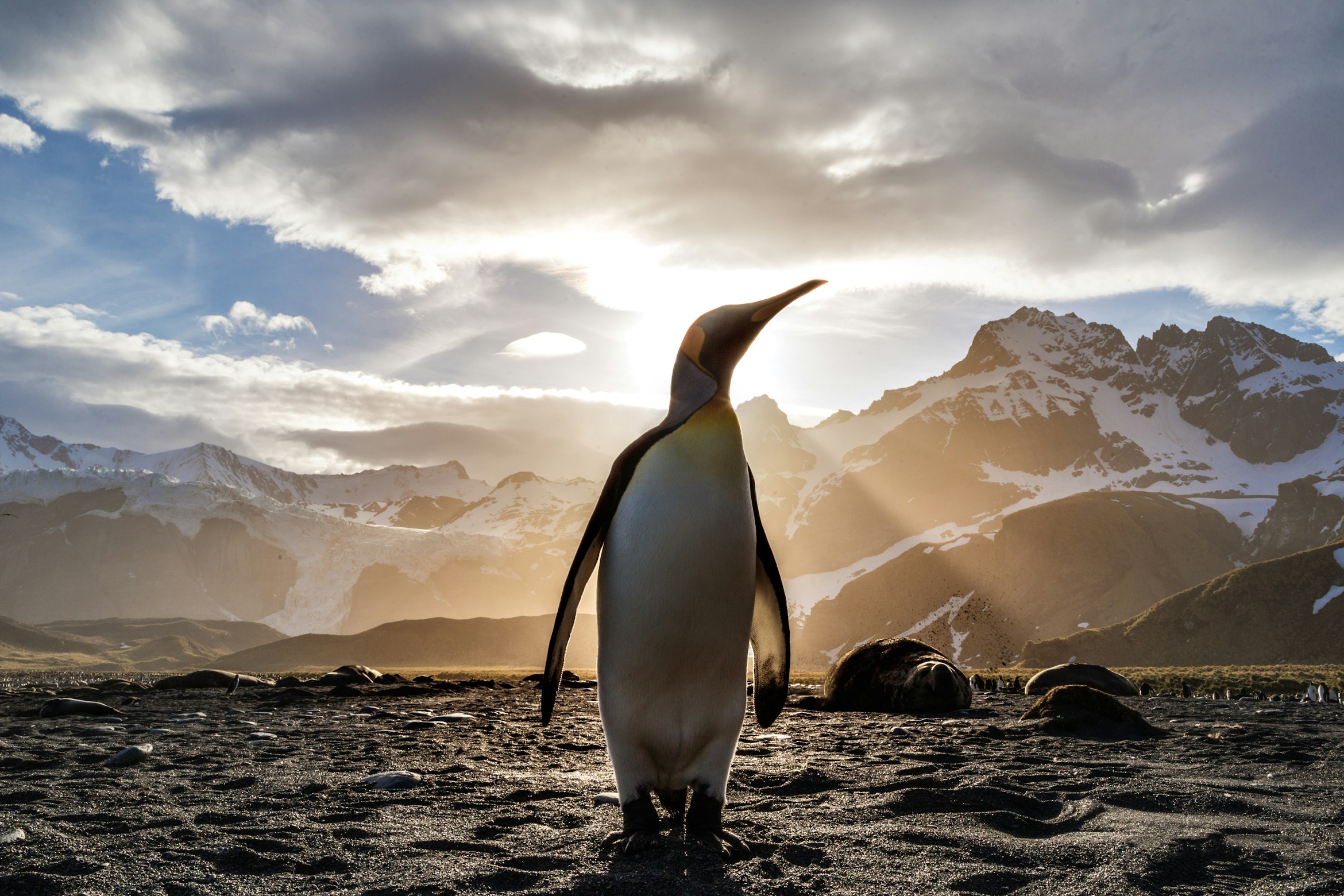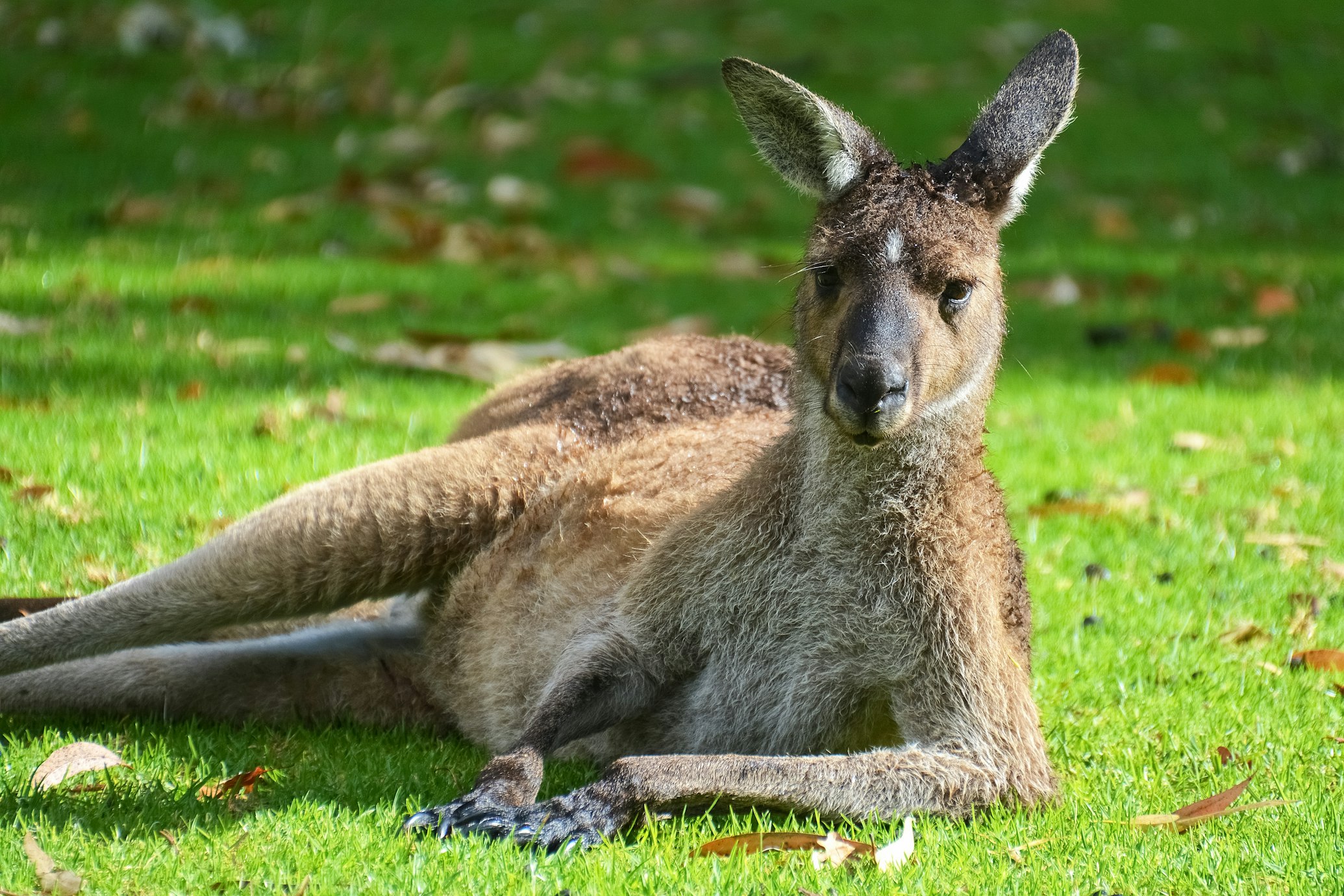#

#
A whole new world awaits...
#
 #
#  #
#  #
#  #
#  #
#  #
# 